Marston House, Somerset: A magnificent example of Victorian enrichment of a great Georgian country house
One of the most important Georgian houses of south-western England has been rescued from the brink of demolition. John Robinson reports on the remarkable history of this building and its return to private occupation.
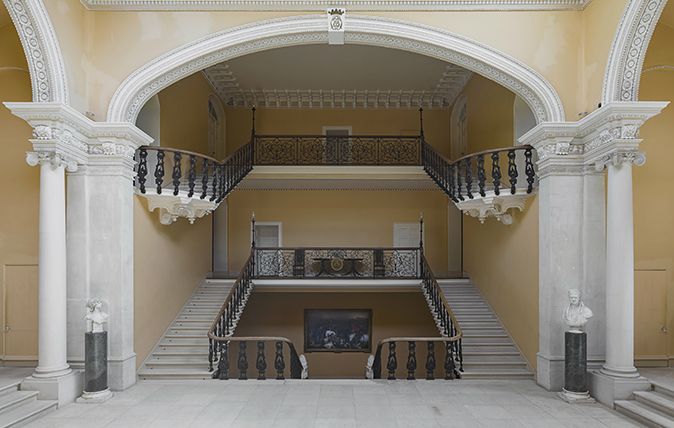

Marston enjoys a remarkable setting surrounded by a superbly designed 18th-century landscape. Its south front, more than 400ft long, surveys the wide, tree-dotted Vale of Witham and a juxtaposition of famous landscaped parks. On the left, the skyline is occupied by Heaven’s Gate at Longleat, a mid-18th-century masterpiece by Capability Brown. On the right are the thickly planted outliers of Stourhead, with Alfred’s Tower, erected by Henry Hoare in the 1760s.
The immediate foreground of carefully disposed specimen trees, plantations and a large lake is scarcely less distinguished, the park at Marston having been planted in the early 18th century by Stephen Switzer and modified in about 1820 by William Gilpin, archpriest of the Picturesque.
For 250 years, Marston was the principal English home of the Boyle family, Earls of Cork and Orrery. After its sale in 1905 by the 10th Earl and a short continuation as a private house in the hands of the Bonham-Christie family, it passed into institutional use between the World Wars, becoming a hotel in the 1930s, before being subdivided into 10 flats. Requisitioned by the army in the Second World War, it was badly damaged by high-spirited American soldiers in the run-up to D-Day and left semi-derelict.
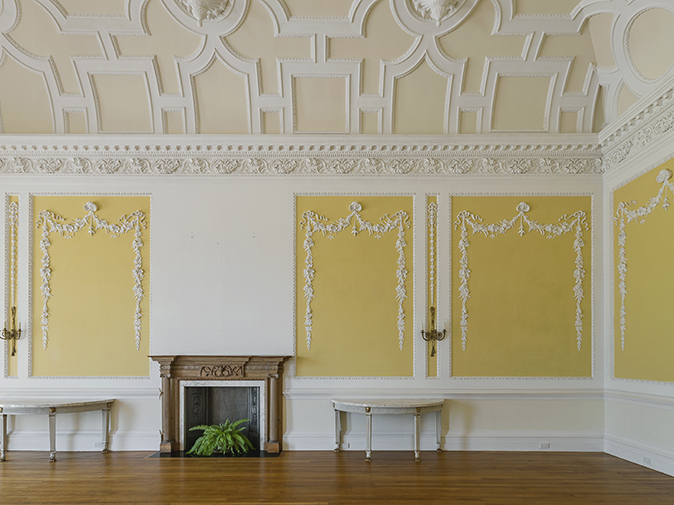
It came within a whisker of joining the melancholy roll call of demolished country houses in the postwar era and fell into abandoned dereliction. Listed Building Consent for demolition was applied for and refused as late as 1973.
Marston House was bought by public-spirited local quarry owners John and Angela Yeoman in 1984 with 22 acres of land. Their intention was both to convert the derelict house into the company headquarters of their firm, Foster Yeoman Ltd, and save part of Somerset’s architectural heritage. The Yeomans employed Geoffrey Butcher of Robert Butcher and Son of Warminster to repair the structure between 1985 and 1990, using traditional materials and methods, especially high-quality masonry and leadwork.
Not only did the building require total re-roofing and extensive structural repairs, but the interior was considered to be beyond redemption. Under Mrs Yeoman’s direction, however, the principal rooms and staircase were reinstated, plasterwork restored and missing chimneypieces reinstated. The plainer subsidiary rooms adapted conveniently to modern office space and the new use gave life to the house for the following 20 years.
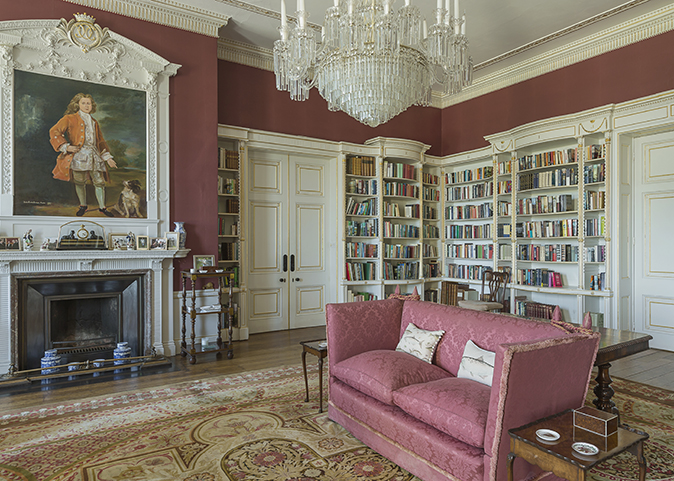
Subsequent to the death of Mr Yeoman, Marston was acquired by Timothy Sanderson, a Georgian architecture enthusiast, with the intention of turning it back into a private house once again. Areas of the park have also been bought back and restored and the interiors are being redecorated and appropriately furnished to resuscitate their 18th- and 19th-century character.
Sign up for the Country Life Newsletter
Exquisite houses, the beauty of Nature, and how to get the most from your life, straight to your inbox.
It is astonishing that a house of the size and quality of Marston should be so little known. The researches and publications of Michael McGarvie have, however, unravelled the complex history of the place and he has kindly allowed his work to be used in this article. The first impact is of a mid-Georgian house, but the history is more complex than that. An earlier moated medieval house was situated half a mile away. Thought in the 18th century to be a Roman site, it excited the interest of Sir Richard Colt Hoare of Stourhead, who, after a visit in1808, noted sadly: ‘It is only the relict of a moated mansion house.’
The first house on the present site was built in the early 17th century and was described as new in 1641. The place had changed hands frequently after the manor had been alienated from the Crown by Elizabeth I in 1596, but its modern history began only in 1641, when the ‘Great Earl’ of Cork bought the place for his younger son, Lord Broghill, created 1st Earl of Orrery in 1660.
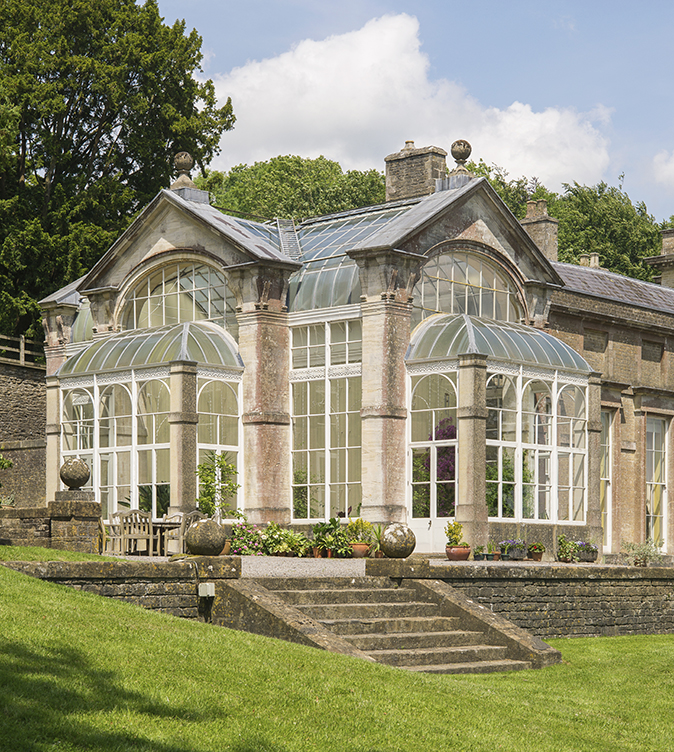
The house was then a U-shaped block, which still forms the centre of the present Georgian mansion (a mullioned window and some arched doors of about 1600 survive in the basement).
When first acquired, Marston was used as a dower house, but the principal seat of the family at Charleville in Ireland was burnt down by James II’s army in 1690. After the death of his mother, Mary, in 1710, the 4th Earl of Orrery, who had already been appointed Lord Lieutenant of Somerset, therefore turned his attention to rebuilding Marston. He was a diplomat, man of letters, soldier and scientist. The astronomical instrument for measuring the movements of the planets, the orrery, is named after him.
He enlarged the house and made it symmetrical, but kept its tall, old-fashioned character, with double recessed centre and high-pitched roofs. He employed the pioneering landscape gardener Stephen Switzer (pupil of London and Wise and author of Ichnographica Rustica) to lay out the gardens and park in the 1720s and 1730s, with formality around the house but blending into naturalistically managed landscape beyond, for, as he declared, ‘a gradual transition from finished art to wild nature is pleasing and soothing’.
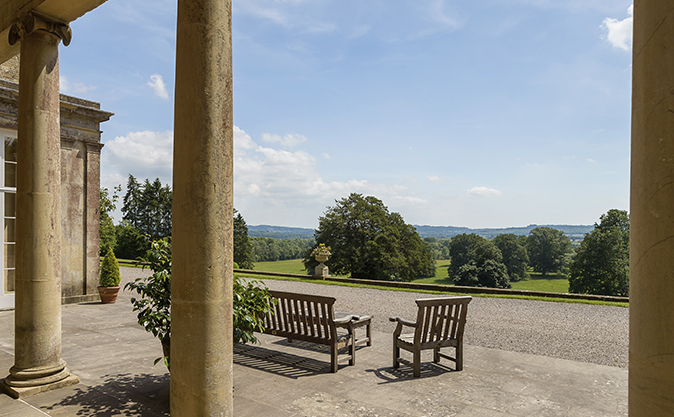
Lord Orrery wrote to a friend, Tom Southerne, in November 1733: ‘We are hard at work both within and without doors, but in the gardens are out-doing Hannibal, and working through rocks more obdurate than the alps.’ The results are shown in the engraving in Volume IV of Vitruvius Britannicus (1739) by Badeslade and Rocque.
The 5th Earl (who also inherited the Cork title from his cousin in 1753) remodelled the house in the early 1750s (the rainwater heads are dated 1751). This facelift gave the south front a second-generation Palladian manner. He used an unknown London architect and grotto builder James Scott, although the moving force was Lord Orrery’s son, the 21-year-old Charles, Viscount Dungarvan.
Lady Orrery recorded that ‘the plans were approved of or designed by Lord Dungarvan whose genius is very much inclined towards architecture’. Sadly, he predeceased his father so never inherited the house he helped to improve.
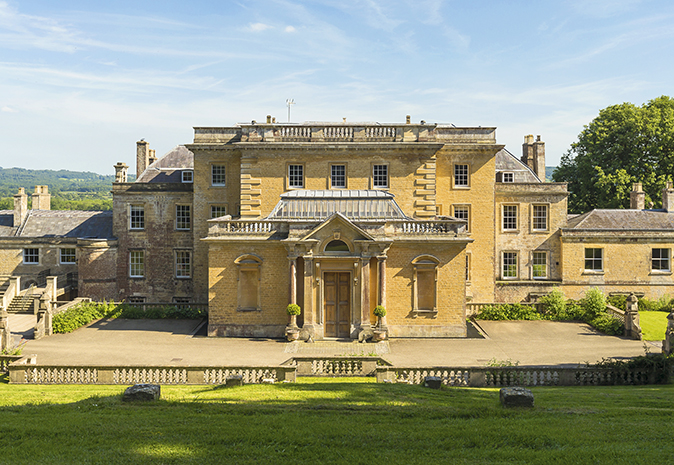
The basement was hidden by a terrace, the windows sashed, classical architraves added and the roof rebuilt and finished with a balustraded parapet. Long lower wings were added on either side, bringing the frontage to 365ft (it was further enlarged in the 19th century). The west wing had family rooms and the east wing the kitchen and offices. With central pediments and windows set in blank arches, these wings have a quirky character showing Charles’s amateur hand.
Further alterations were carried out in about 1772 for the Earl by Samuel Wyatt, Marston being one of his earliest works. The evidence for this is the inclusion of an account book for Marston, alongside the Pantheon, Berechurch Hall and Spring Gardens in the background of the portrait of Samuel Wyatt by Lemeul Abbott (1772). The extent of Wyatt’s work is unclear, but included some of the main rooms, such as the library and drawing room, although they were later modified.
The Wyatt contribution to Marston continued in the time of the 8th Earl of Cork and Orrery when the central Greek Ionic colonnade and two flanking square pilastered porches were added in about 1817 by Jeffry Wyatville, helping to focus the sprawling frontage. He also further remodelled the interior, including an enlargement of the drawing room into a large recess with a plaster tent ceiling. No drawings or accounts survive, but Lord Cork is listed as one of Wyatville’s clients on the back of his portrait by Henry Wyatt.
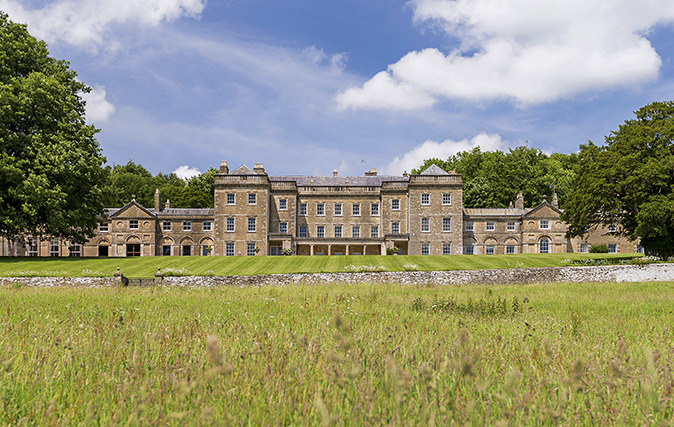
At the same time, the park was remodelled, with new drives, lodges and the creation of the lake, ‘Marston Pond’, under the direction of Gilpin. The old parish church had been moved westwards in 1786 to improve the view from the front of the house.
Despite its overall Georgian appearance, Marston is today as much a Victorian creation. It owes a dominant part of its present character to the sweeping mid-19th-century remodelling by the 9th Earl, who married Emily, daughter of the very rich Marquess of Clanricarde and used her dowry to transform the interior.
Many of the most memorable features date from this Victorian remodelling, which reorientated the house. The entrance was moved from the south to the north, where an astonishing architectural effect was created on sloping ground. A projecting windowless stone frontispiece dated 1858 sports a giant Classical pedimented doorway. This gives access at half landing level to the monumental square entrance hall and grandiose two-branched stone staircase beyond. The space rises through three storeys to breathtaking effect.
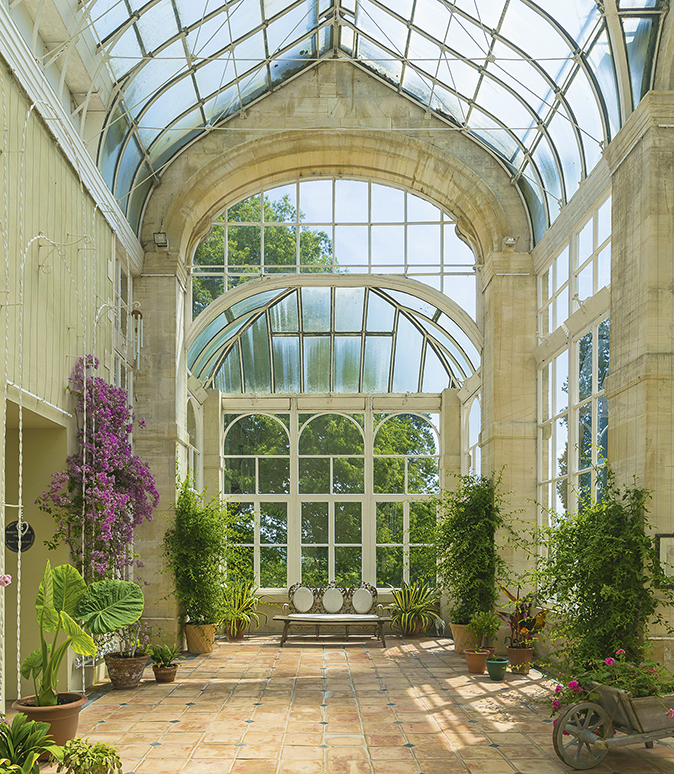
As the local historian Samuel Cuzner wrote in 1867: ‘The interior of the hall is grand and striking in effect, not only from its lofty and spacious dimensions but also from the lantern light at the top.’ The latter is remarkable and probably inspired by the Waterloo Chamber at Windsor as it has the same nautical raking of the glazed sides. If so, the inspiration would have come from Lord Cork himself, who was a courtier: aide de camp to Queen Victoria, Master of the Royal Buck Hounds and Master of the Horse.
The monumental character is enhanced by grouped giant Ionic columns supporting elliptical arches and the use throughout of finest ashlar Beer Lime stone. The wide central flight of stairs leads down to the enfilade of principal rooms stretching along the south front at garden level and cantilevered symmetrical side flights and landings, guarded by cast-iron Rococo balustrades give access to the upper floors.
During the Second World War it is said that American soldiers tried to drive up the stairs in a jeep and caused part of the staircase to collapse. The damage was made good by Geoffrey Butcher’s masons. They also made the pair of appropriately Classical stone chimneypieces on either side of the hall, which replaced lost carved-timber originals.
The architect for this tour de force and all the Victorian alterations at Marston was the Bath City Architect Maj Charles Edward Davis, FSA (1827–1902), responsible for, among other things, excavating and restoring the Roman Baths. The Georgian rooms at Marston were small and low-ceilinged, unsuited to grand Victorian entertainment, and Lord Cork and Orrery enlarged them by taking in the previous access corridors to the north and adding a wider new ‘gallery’ behind.
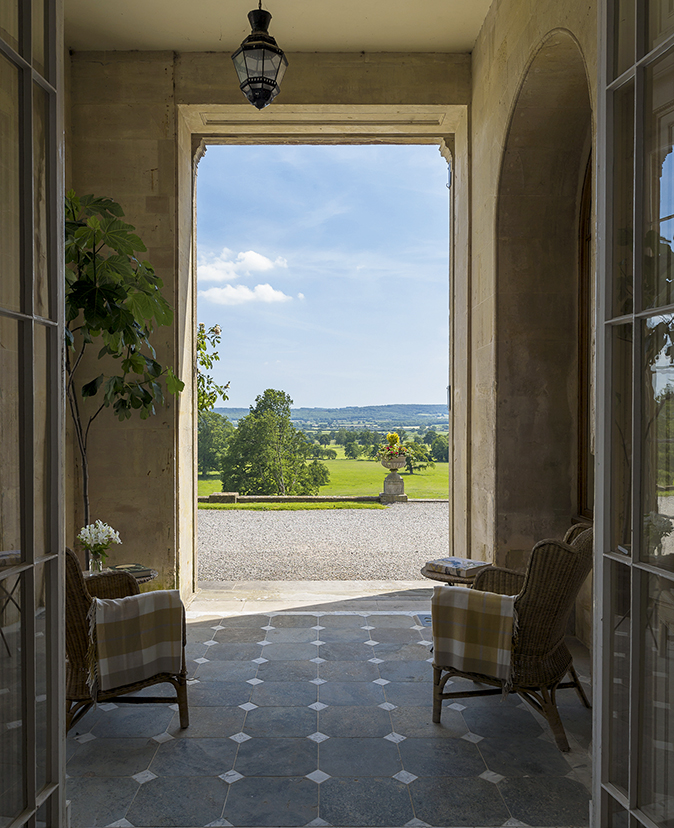
Interestingly, his work is Georgian in character. He almost doubled the size of Samuel Wyatt’s library, but carefully copied and extended the unusually elegant serpentine bookcases in the new part. At the west end of the south wing, he created a large ballroom. The walls are lined with panels in Flitcroft-style stucco frames and Rococo festoons. It is likely that these were inspired by lost 1740s work in the house. The original marble chimneypiece was destroyed in the Second World War and has been replaced with a suitable carved-wood 18th-century design.
The climax of the house is the conservatory, which is approached from the ballroom through brass-framed plate-glass doors. This was added in 1871 on the site of the old laundry. Restored from ruin by the Yeomans, it is one of the finest survivals of its type in an English country house, comparable with that at Flintham in Nottinghamshire.
Marston is a striking example of the revival against the odds of the English country house in the late 20th and early 21st century. As restored by the Yeomans and enhanced and furnished by the present owner, it can once again be seen not just as one of the great Georgian houses of the West Country, but as a magnificent example of the Victorian enlargement and enrichment of a country house in a manner sympathetic to its original Classical character.
Acknowledgement: Michael McGarvie
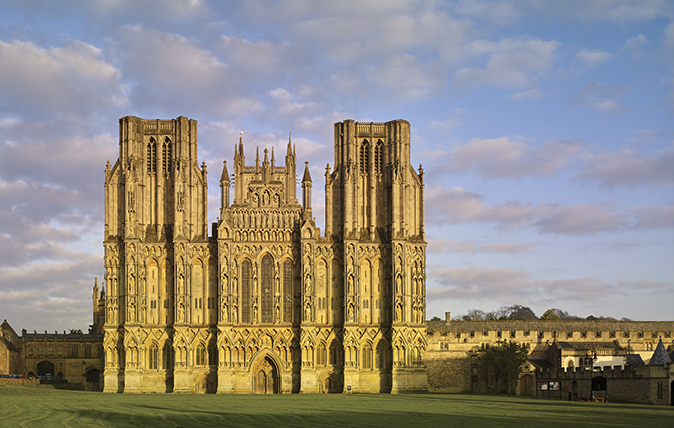
Wells Cathedral, Somerset: A symphony of architecture
In the first of two articles, John Goodall describes the architectural development of Wells and the struggle of its late-medieval
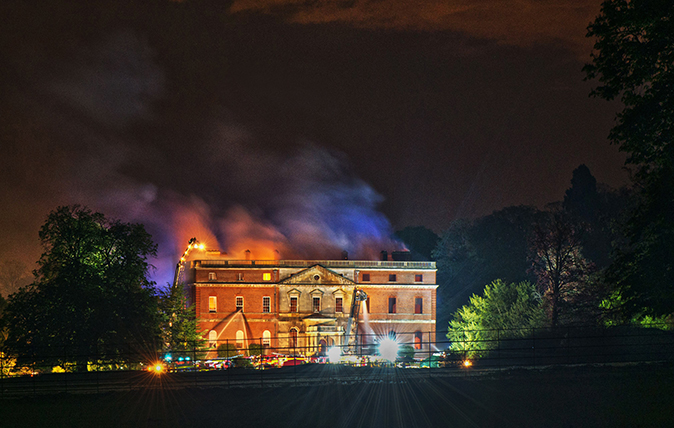
Clandon Park after the fire: The National Trust’s largest ever reconstruction project
Untangling the Gordian Knot.
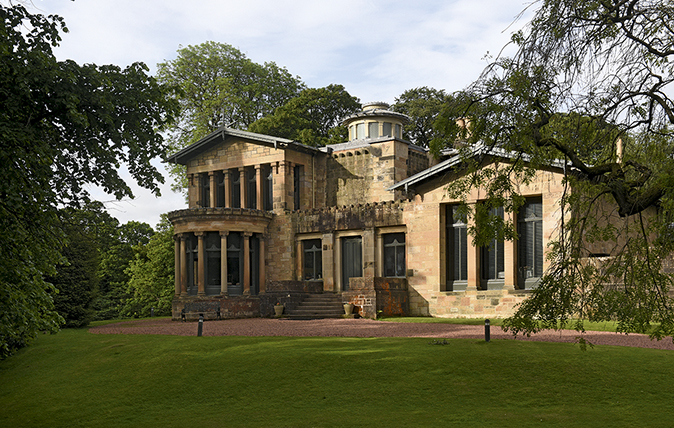
Alexander 'Greek' Thomson: Glasgow's visionary architect
As we celebrate the bicentenary of Alexander ‘Greek’ Thomson, Gavin Stamp considers the remarkable way in which he adapted principles
Country Life is unlike any other magazine: the only glossy weekly on the newsstand and the only magazine that has been guest-edited by HRH The King not once, but twice. It is a celebration of modern rural life and all its diverse joys and pleasures — that was first published in Queen Victoria's Diamond Jubilee year. Our eclectic mixture of witty and informative content — from the most up-to-date property news and commentary and a coveted glimpse inside some of the UK's best houses and gardens, to gardening, the arts and interior design, written by experts in their field — still cannot be found in print or online, anywhere else.
-
 Five beautiful homes, from a barn conversion to an island treasure, as seen in Country Life
Five beautiful homes, from a barn conversion to an island treasure, as seen in Country LifeOur pick of the best homes to come to the market via Country Life in recent days include a wonderful thatched home in Devon and a charming red-brick house with gardens that run down to the water's edge.
By Toby Keel Published
-
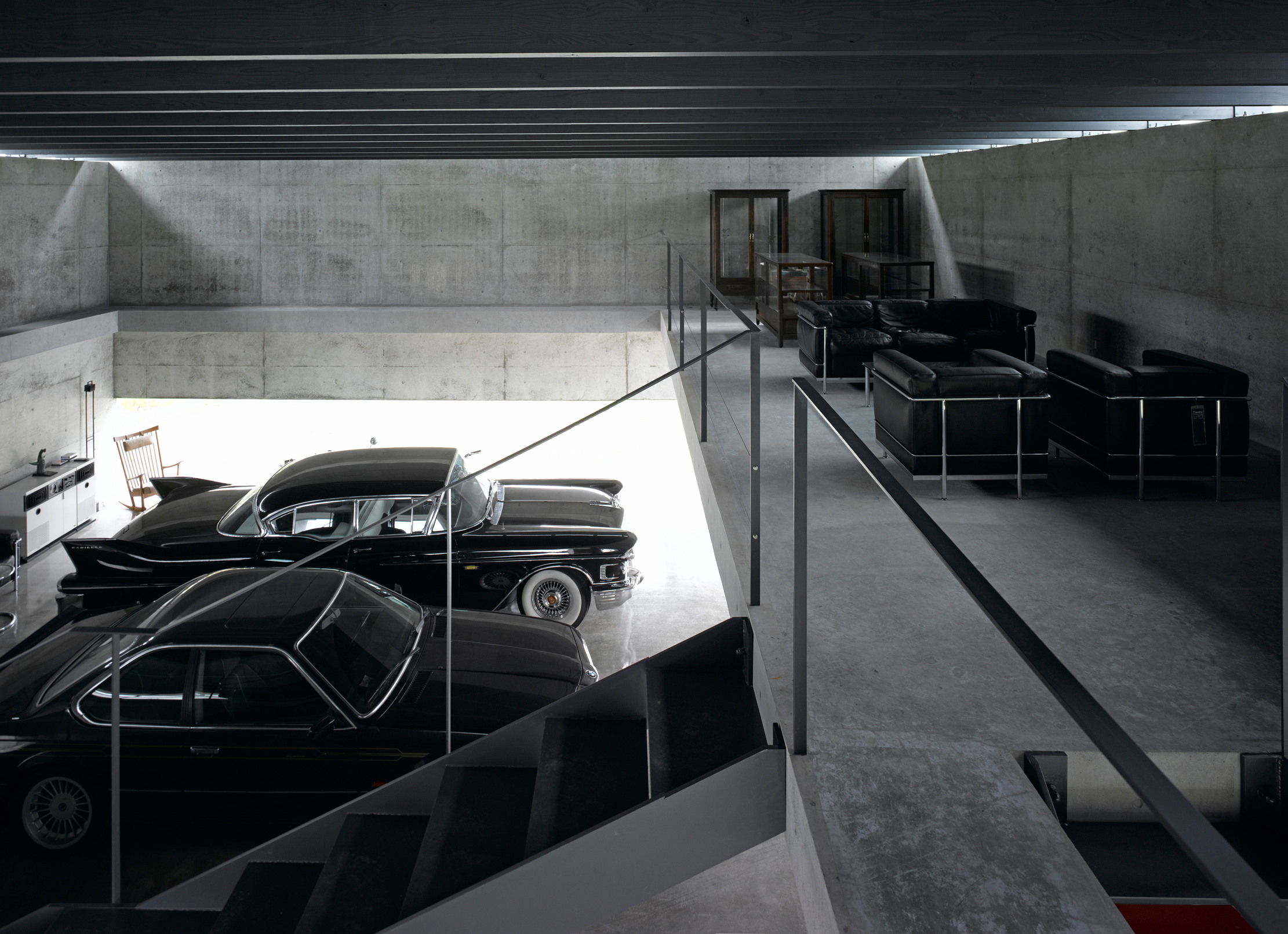 Shark tanks, crocodile lagoons, laser defences, and a subterranean shooting gallery — nothing is impossible when making the ultimate garage
Shark tanks, crocodile lagoons, laser defences, and a subterranean shooting gallery — nothing is impossible when making the ultimate garageTo collectors, cars are more than just transport — they are works of art. And the buildings used to store them are starting to resemble galleries.
By Adam Hay-Nicholls Published
-
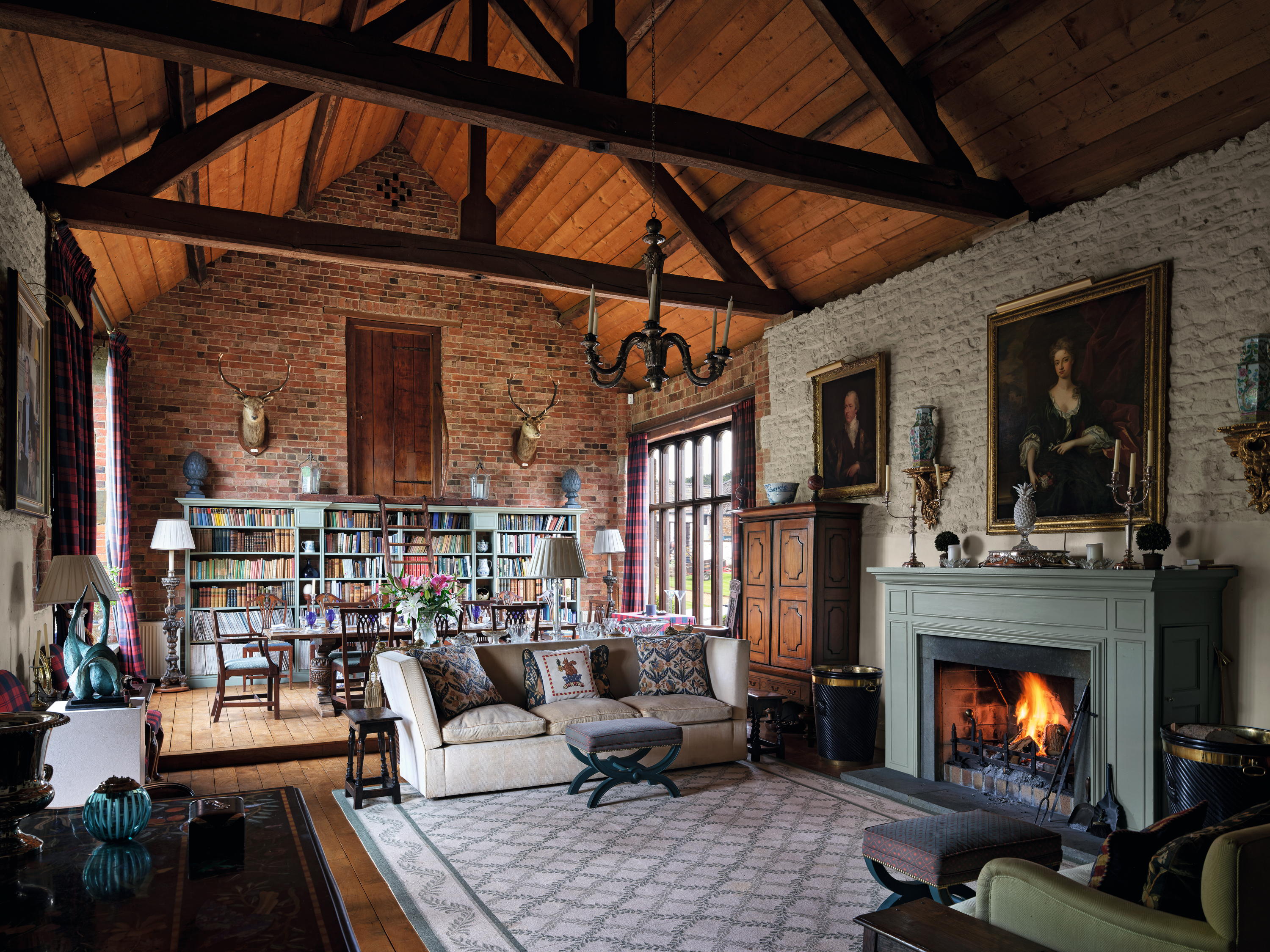 High Wardington House: A warm, characterful home that shows just what can be achieved with thought, invention and humour
High Wardington House: A warm, characterful home that shows just what can be achieved with thought, invention and humourAt High Wardington House in Oxfordshire — the home of Mr and Mrs Norman Hudson — a pre-eminent country house adviser has created a home from a 300-year-old farmhouse and farmyard. Jeremy Musson explains; photography by Will Pryce for Country Life.
By Jeremy Musson Published
-
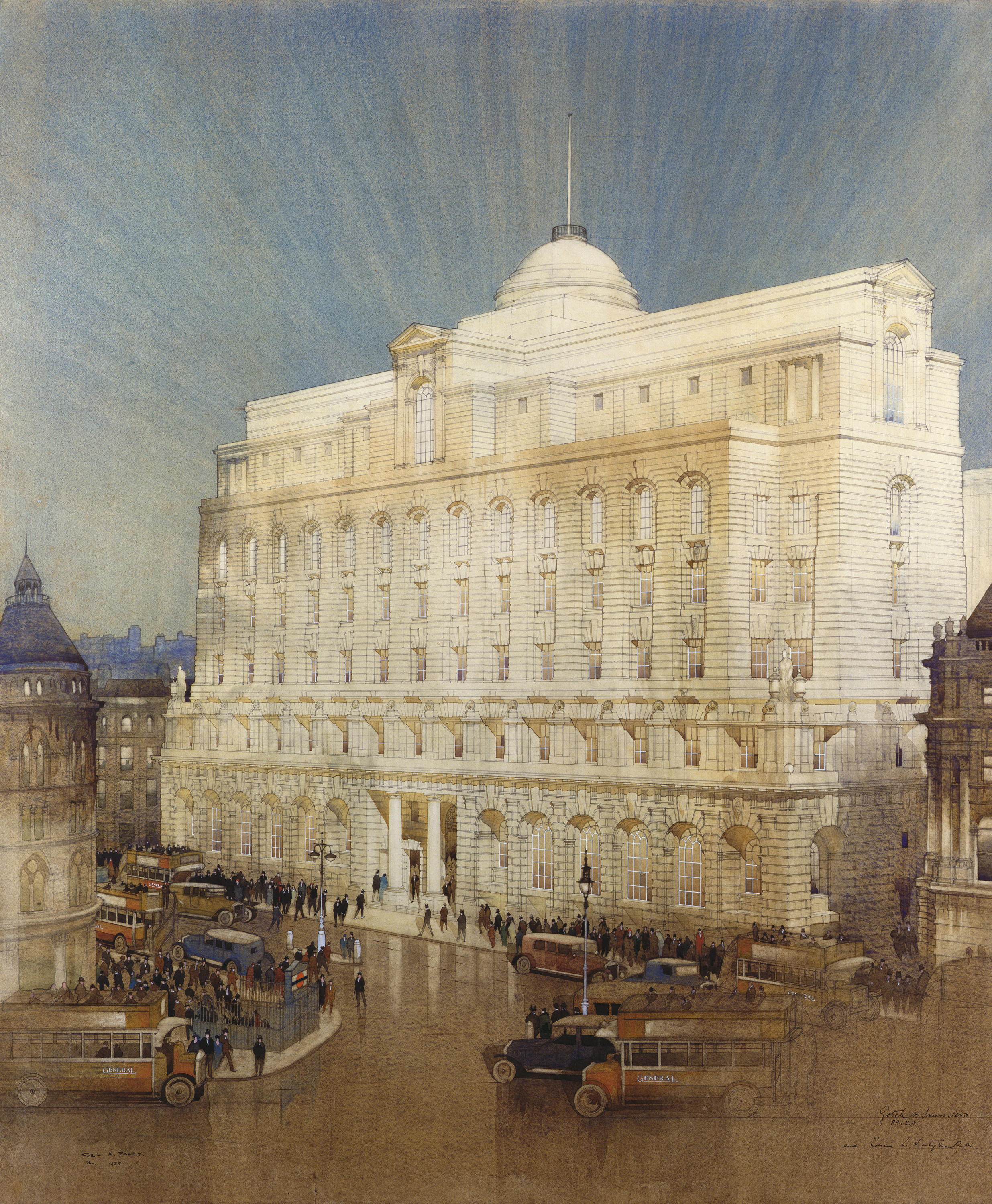 Sir Edwin Lutyens and the architecture of the biggest bank in the world
Sir Edwin Lutyens and the architecture of the biggest bank in the worldSir Edwin Lutyens became the de facto architect of one of Britain's biggest financial institutions, Midland Bank — then the biggest bank in the world, and now part of the HSBC. Clive Aslet looks at how it came about through his connection with Reginald McKenna.
By Clive Aslet Published
-
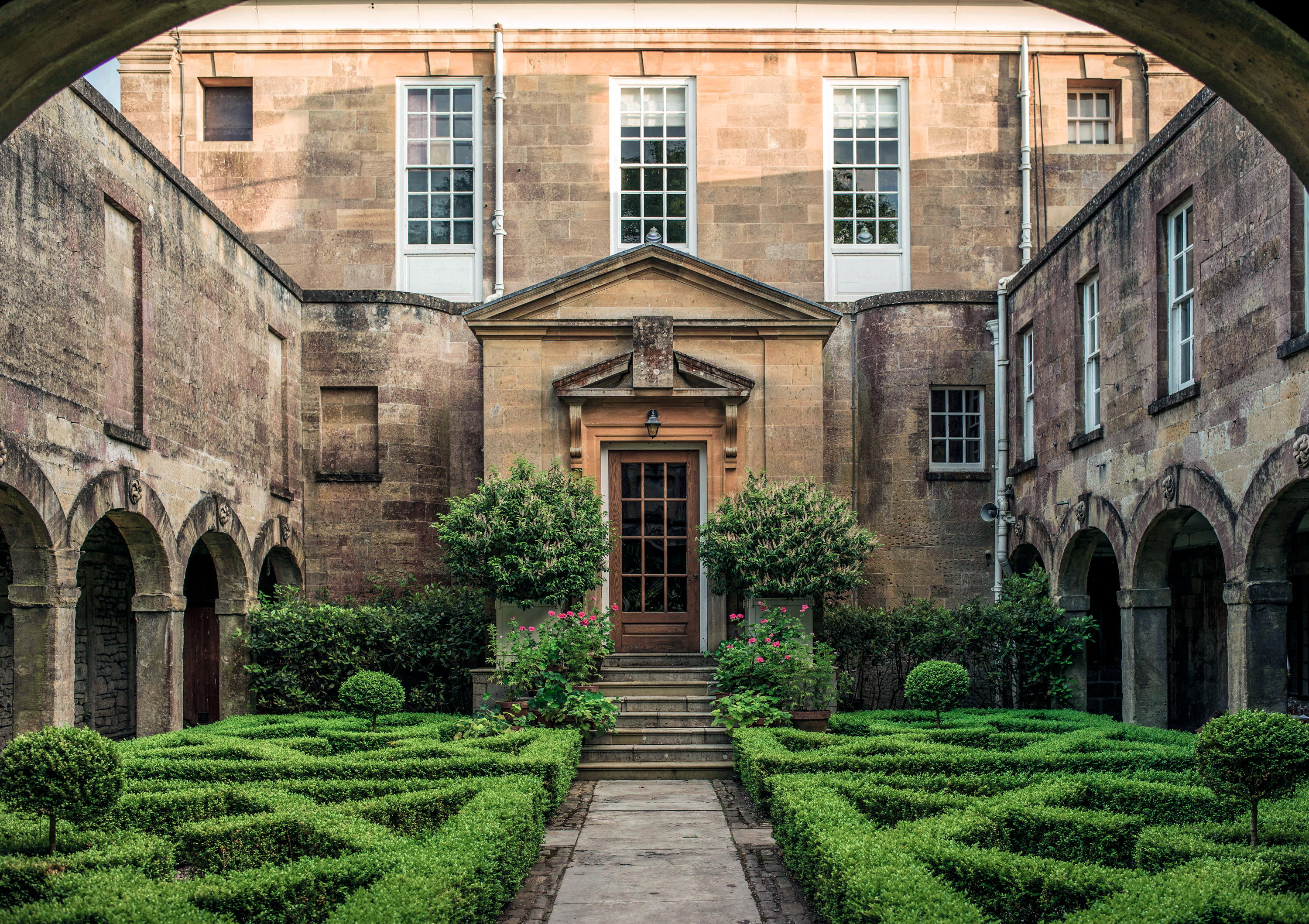 'There are architects and architects, but only one ARCHITECT': Sir Edwin Lutyens and the wartime Chancellor who helped launch his stellar career
'There are architects and architects, but only one ARCHITECT': Sir Edwin Lutyens and the wartime Chancellor who helped launch his stellar careerClive Aslet explores the relationship between Sir Edwin Lutyens and perhaps his most important private client, the politician and financier Reginald McKenna.
By Clive Aslet Published
-
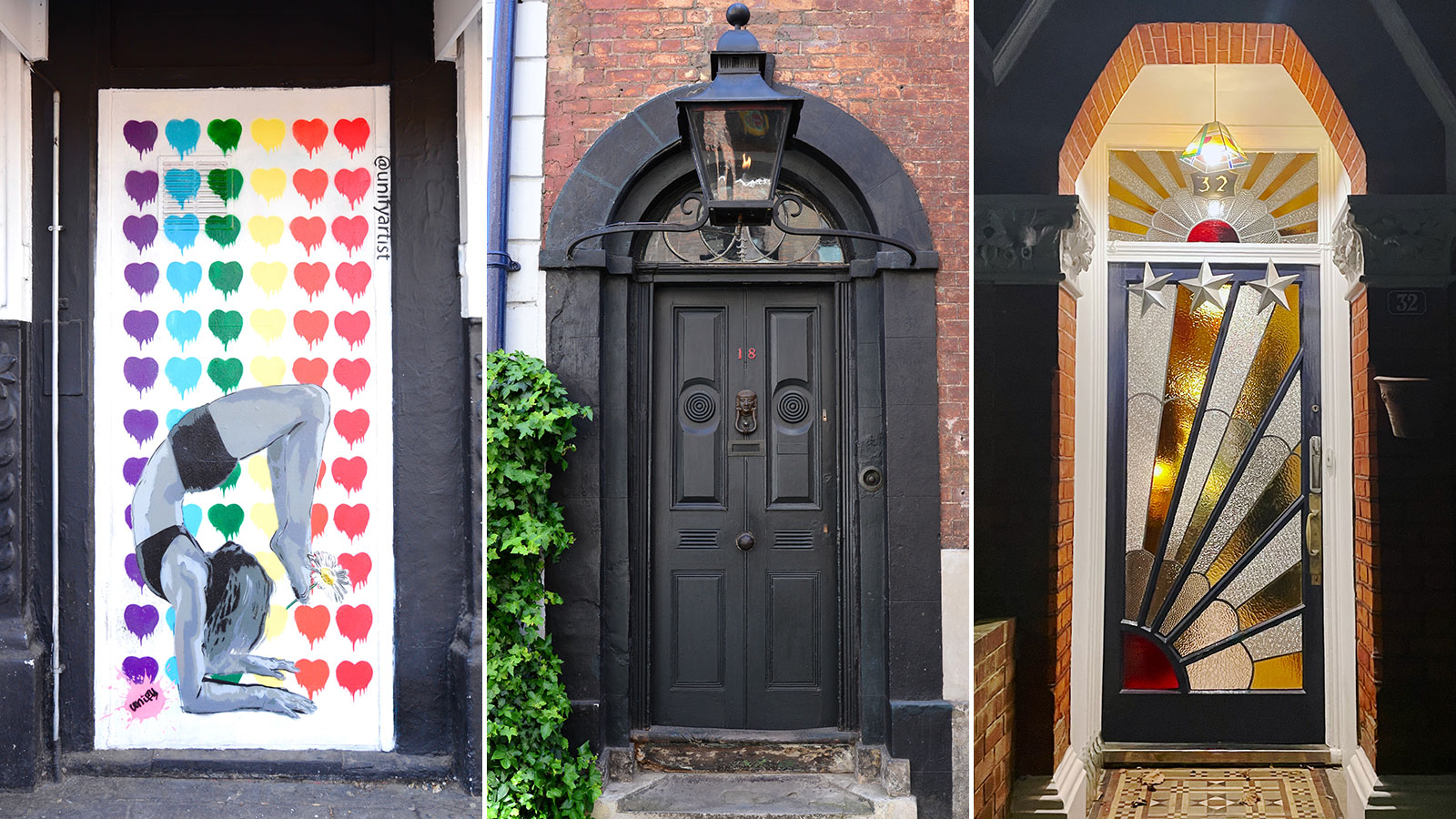 Cath Harries — The photographer on a 15-year quest to find the most incredible doors in London
Cath Harries — The photographer on a 15-year quest to find the most incredible doors in LondonBy Toby Keel Published
-
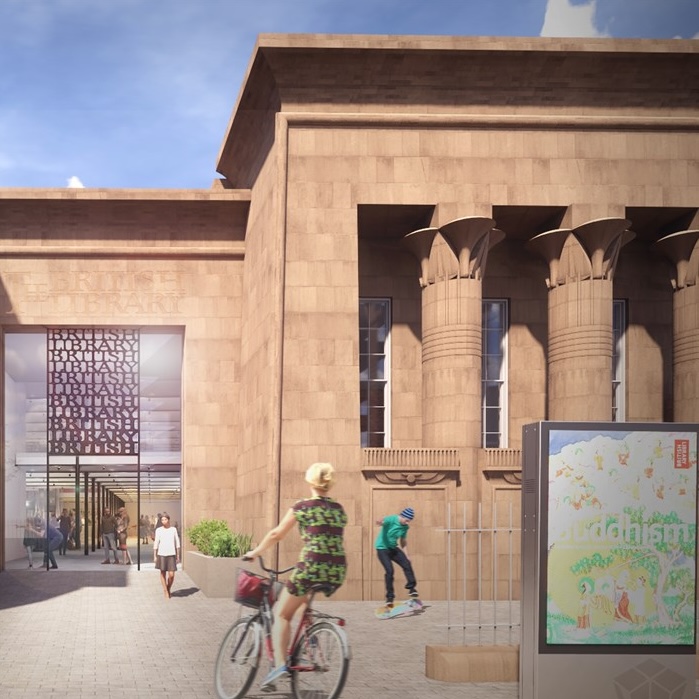 The extraordinary Egyptian-style Leeds landmark hoping to become a second British Library — and they used to let sheep graze on the roof
The extraordinary Egyptian-style Leeds landmark hoping to become a second British Library — and they used to let sheep graze on the roofThe project has been awarded £10million from the Government, but will cost £70million in total.
By Annunciata Elwes Published
-
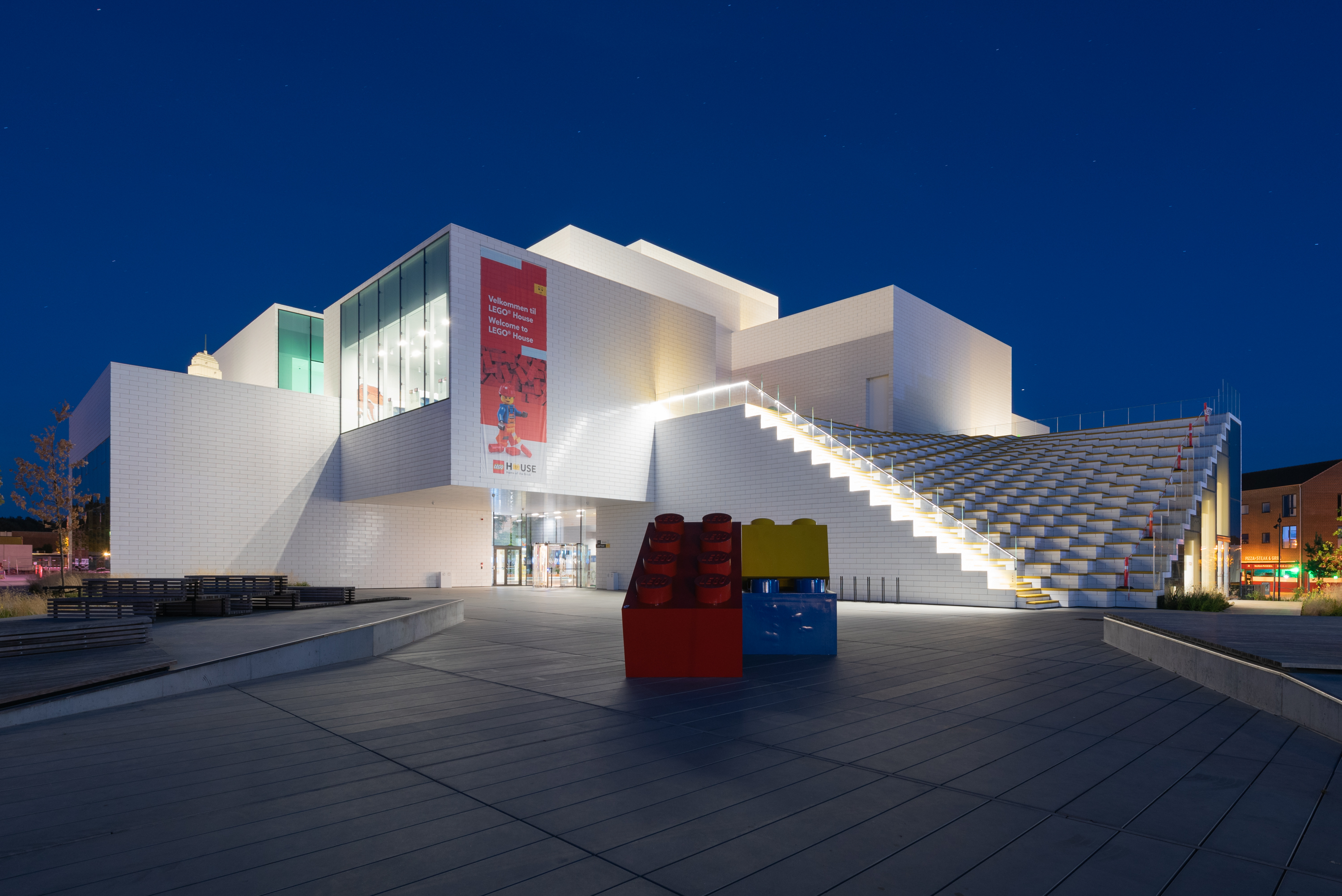 Art, architecture and plastic bricks at Lego House: 'It's as if the National Gallery set up easels and paints next to the masterpieces and invited you try your hand at creating a Van Gogh'
Art, architecture and plastic bricks at Lego House: 'It's as if the National Gallery set up easels and paints next to the masterpieces and invited you try your hand at creating a Van Gogh'The rural Danish town where Lego was created is dominated by the iconic toy — and at Lego House, it has a fittingly joyful site of pilgrimage. Toby Keel paid a visit.
By Toby Keel Published
-
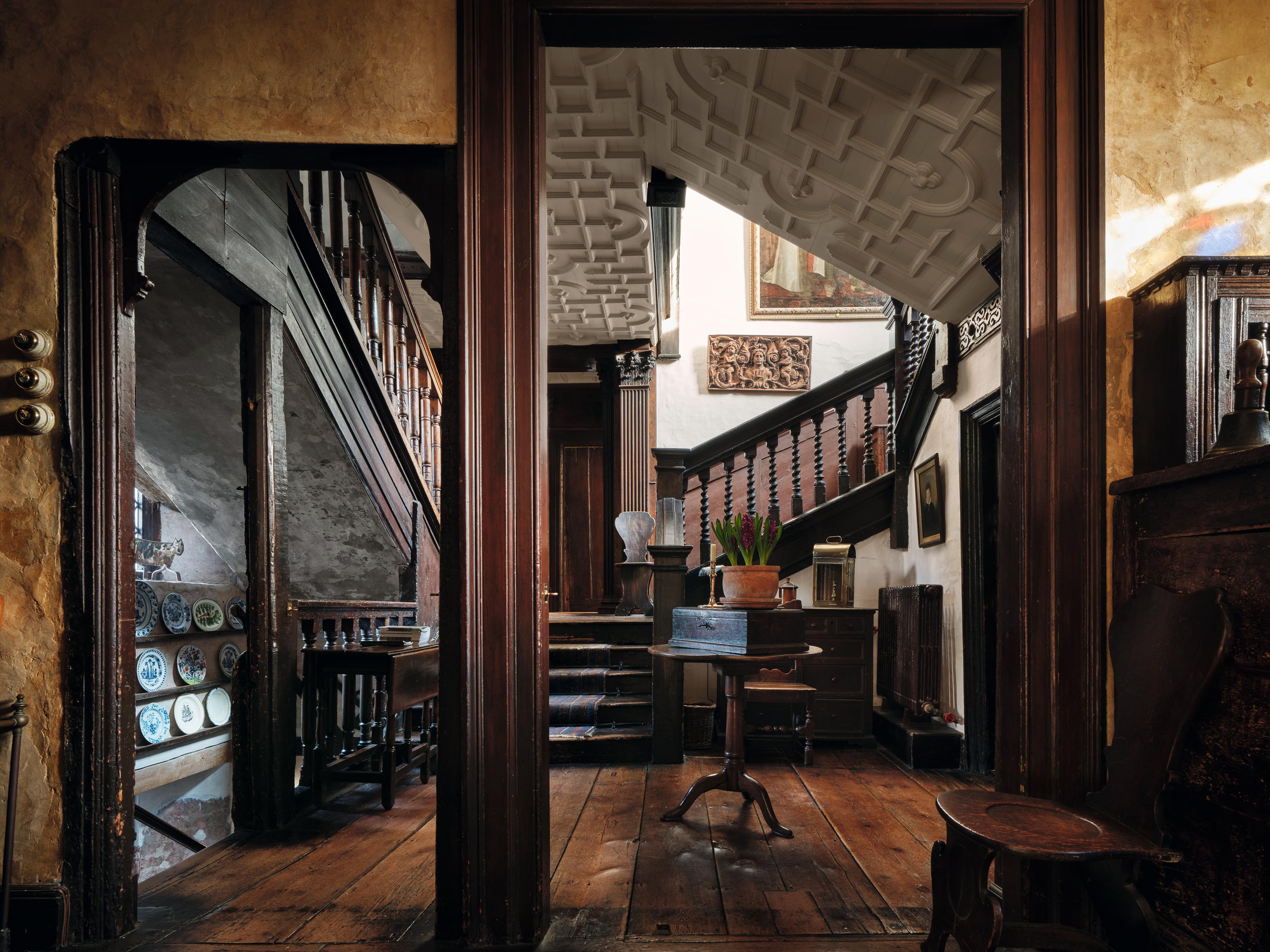 Restoration House: The house in the heart of historic Rochester that housed Charles II and inspired Charles Dickens
Restoration House: The house in the heart of historic Rochester that housed Charles II and inspired Charles DickensJohn Goodall looks at Restoration House in Rochester, Kent — home of Robert Tucker and Jonathan Wilmot — and tells the tale of its remarkable salvation.
By John Goodall Published
-
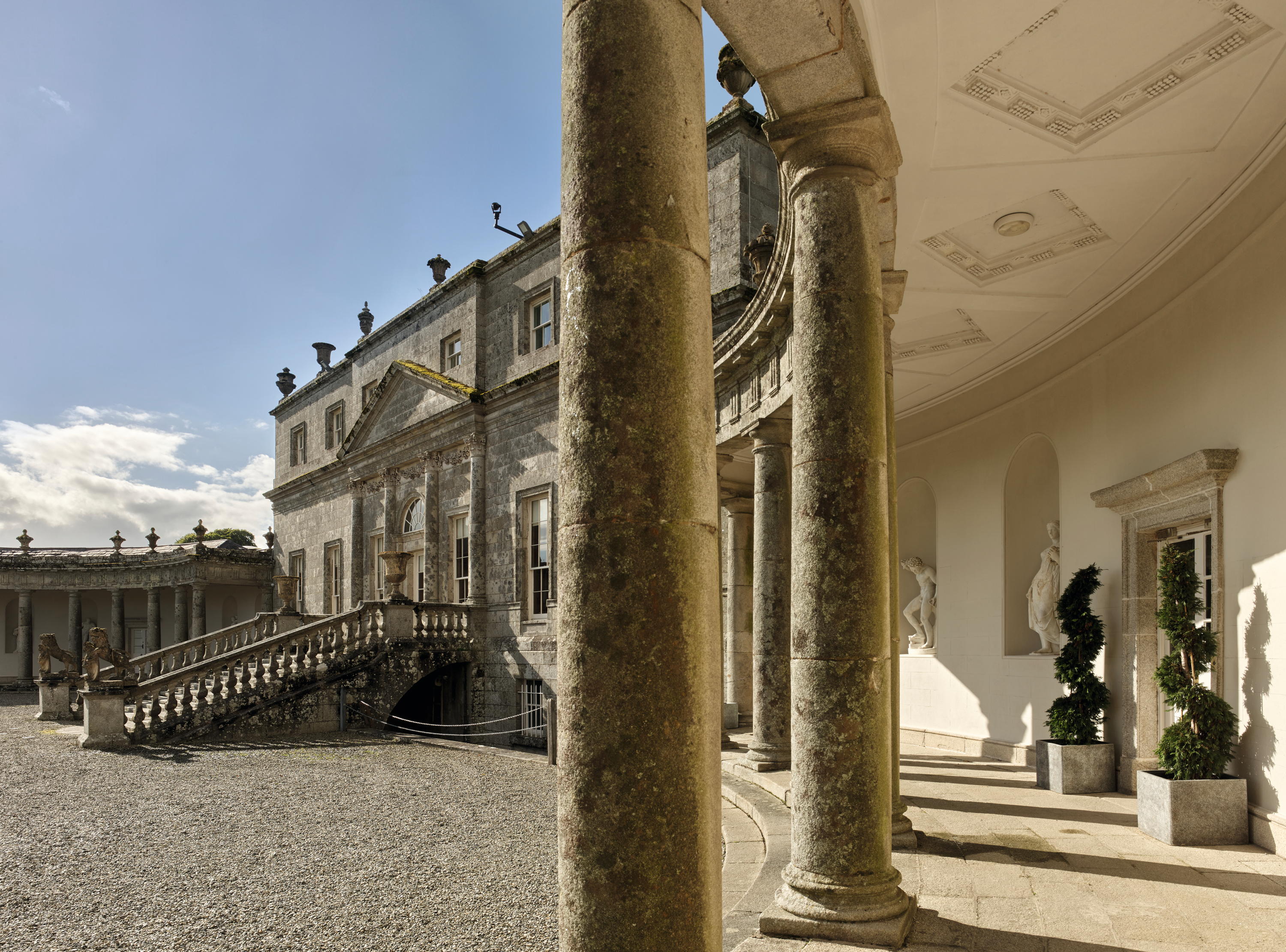 'A glimpse of the sublime': Inside the drawing room of the 'grandest Palladian house in Ireland'
'A glimpse of the sublime': Inside the drawing room of the 'grandest Palladian house in Ireland'The redecoration of the drawing room at Russborough House in Co Wicklow, Ireland, offers a fascinating insight into the aesthetic preoccupations of Grand Tourism in the mid 18th century. John Goodall explains; photography by Paul Highnam for Country Life.
By John Goodall Published